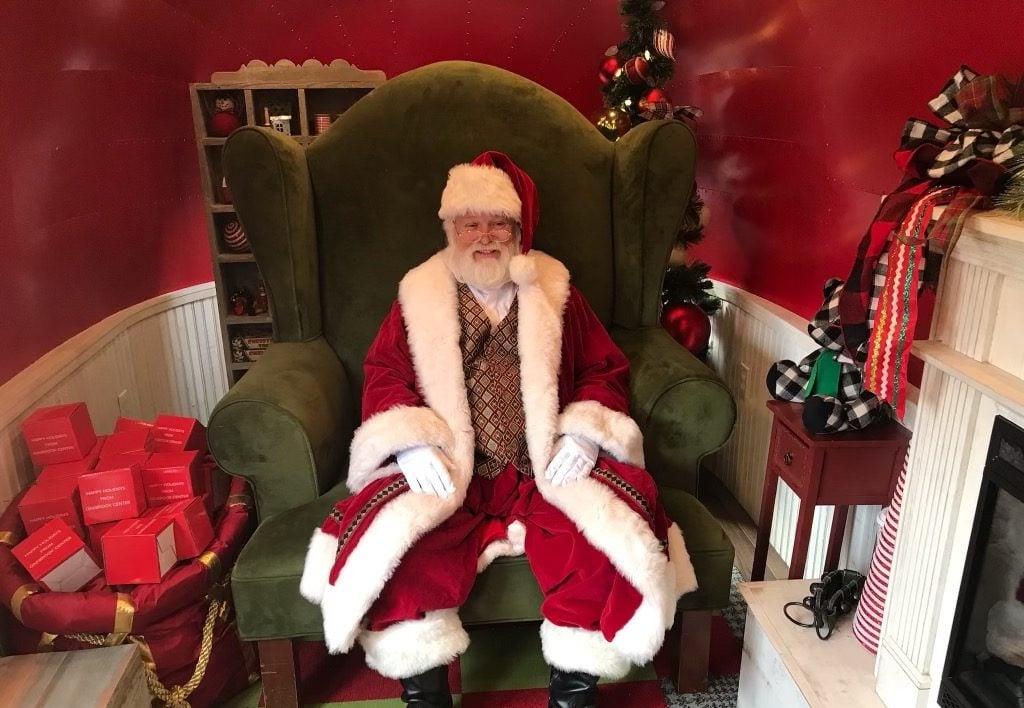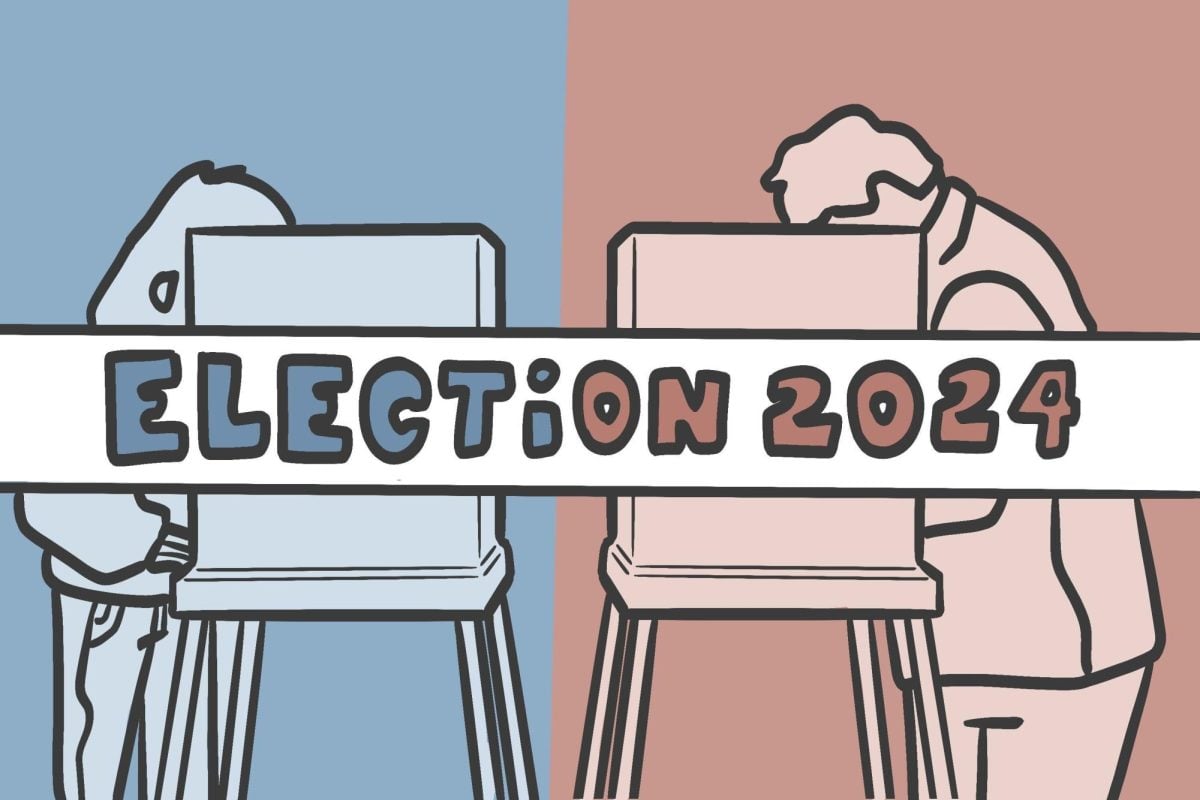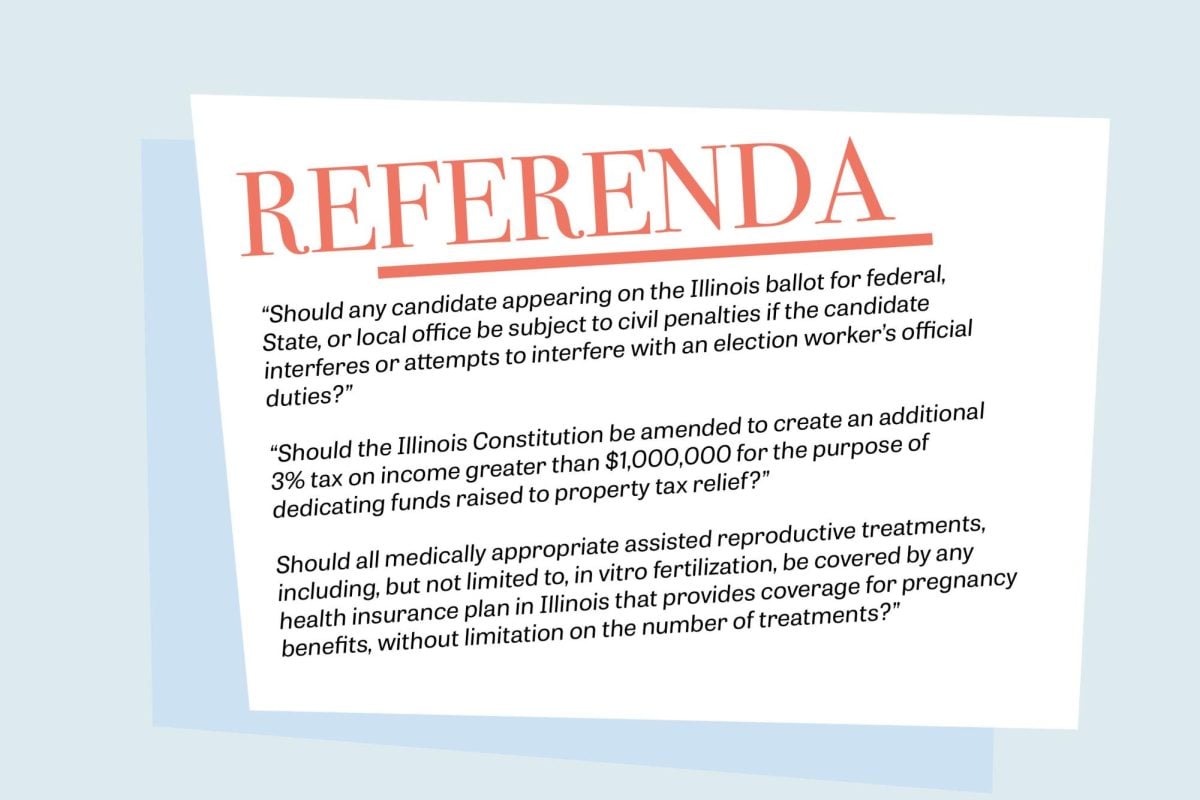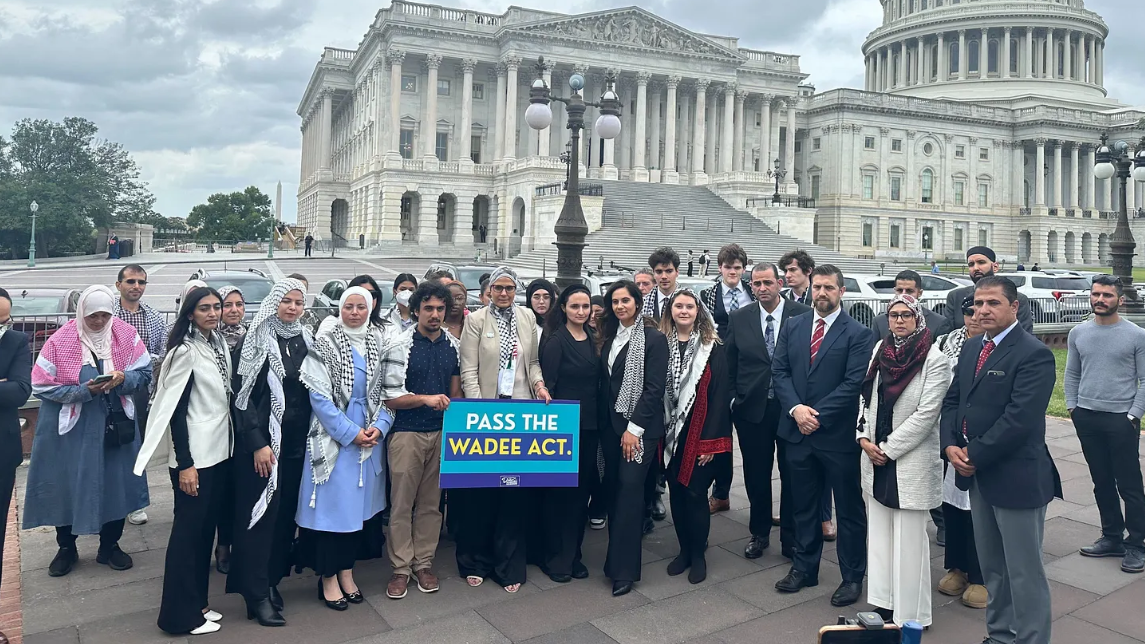Metra officials, including new executive director Alex Clifford, met with Evanston community leaders to discuss the state of the city’s commuter rail lines Friday.
Clifford joined Union Pacific spokesman Wes Lujahn, city manager Wally Bobkiewicz, Ald. Jane Grover (7th) and Ald. Ann Rainey (8th) in a tour of the Metra facilities from Howard to Central streets.
“The community wanted to meet the head of Metra, and Union Pacific was there since Metra operates over our line there,” said Mark Davis, Union Pacific spokesman. “We’ve worked well with the community.”
The event was an opportunity for Metra to communicate with the railroad companies and discuss partnering to address the infrastructural needs for the viaducts and bridges.
“We talked with the executive director Clifford about the bridges and the viaducts and how by improving their overall look, it benefits our economy, and how do we do that in the future with tight funding,” said Matt Swentkofske, Evanston intergovernmental affairs coordinator. “We talked a lot about the importance Metra plays in our economic development as a community.”
Evanston was one of the first transit-centered cities in the area, developing businesses around the train stops, and therefore, the rail stations play a significant role in the city’s economics, Swentkofske said.
“Our economic development is tied to Metra and the CTA in a very positive way, and so we wanted to show them what our community is about and how important Metra is in terms of funding our economic development and overall well-being as a community,” he said.
Evanston aldermen addressed concerns about the aging rail lines, and Metra representatives assured the city the lines are inspected regularly, according to present officials.
“We were able to help the community leaders understand that, number one, all the bridges are inspected a minimum of twice a year, and the structures there in Evanston are sound,” Davis said.
Swentkofske also noted the positive relationship the city has with Metra, particularly in addressing graffiti underneath the bridges and viaducts.
“They’ve been really responsive in getting a negative connotation of graffiti taken care of very quickly, sometimes within an hour or a couple hours,” Swentkofske said. “We really thank them for their willingness to address that so quickly.”
Mayor Elizabeth Tisdahl attended the event, and fellow city officials touted the rail line’s role in the local community.
“It was a very good opportunity for the mayor and the council to showcase Evanston as a community and let executive director Clifford know what our community is about and talk about the importance Metra plays in the overall health of our community,” Swentkofske said.
Metra and the city have come to a consensus that the next step to fixing these lines is lobbying the federal government for funds to work on the infrastructure, Swentkofske said. He added they will work to contact U.S. Sens. Dick Durbin (D-Ill.) and Mark Kirk (R-Ill.), as well as U.S. Rep. Jan Schakowsky (D-Ill.).
“Moving forward, I think both Metra, Union Pacific and the city are going to work towards how do we get the most dollars back from either Springfield, or especially Washington D.C., to make these infrastructure improvements,” Swentkofske said.
The Chicago Transit Authority recently began work on viaducts at Dempster, Greenleaf and Grove streets, proceeding to complete the foundational work at these sites.
The three bridges over Dempster Street are being assessed by the city, and they include a Purple Line bridge being replaced for 2012, a middle bridge used by the Metra’s Union Pacific line and an unused bridge, formerly the Metra’s North Electric line.
“We’re definitely interested in doing some planning and some research with Metra to see if that (unused line) can potentially be removed,” said Eric Palmer, Evanston community information coordinator. “What that will do is it will actually open up the business district west of the tracks between Sherman and Elmwood.”
The city is discussing developing land close to a Metra stop at Main Street to benefit both the Metra’s productivity and business in the area, Palmer said.
“It can bring in visitors, it can bring in other folks to come in here to do business via public transportation, whether it be the CTA or the Metra,” Palmer said. “This is a win-win situation both for us locally, economically speaking, and for Metra ridership.”












